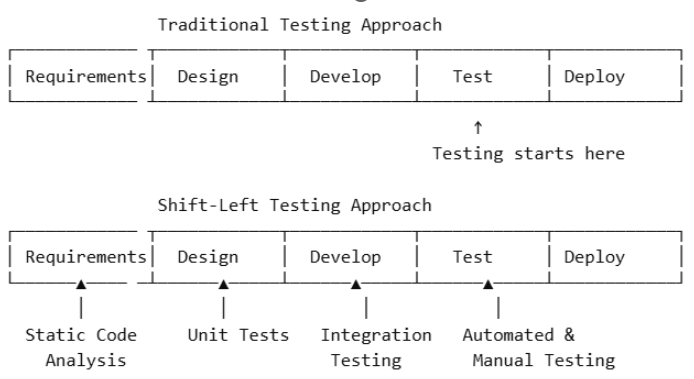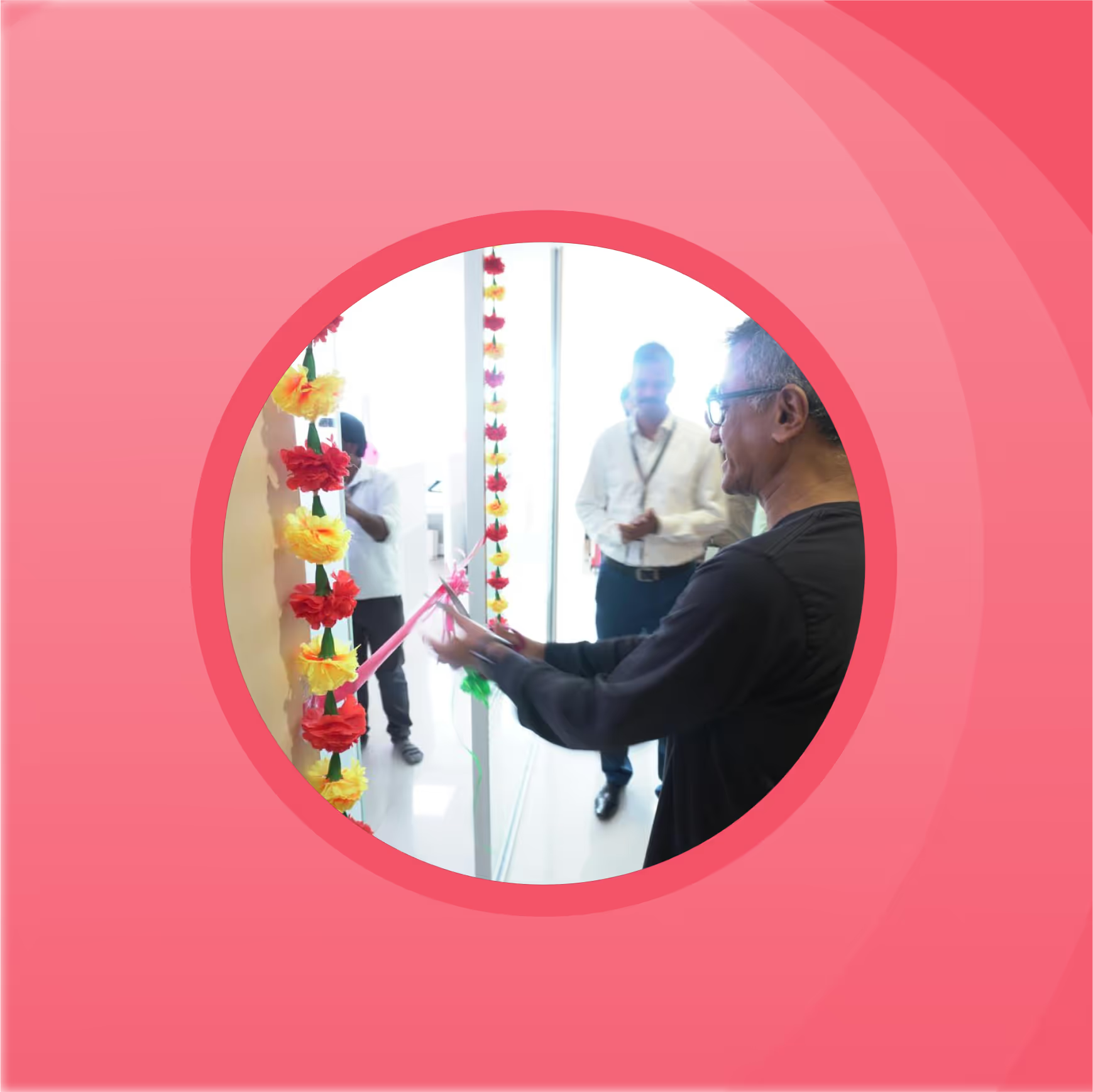Shift-Left Testing: Timing Your Testing Strategy
In the fast-evolving world of software development, speed and quality go hand in hand. To keep up with market demands, many teams are turning to Shift-Left Testing, a strategy that emphasizes starting testing activities earlier in the development lifecycle.

In the fast-evolving world of software development, speed and quality go hand in hand. To keep up with market demands, many teams are turning to Shift-Left Testing, a strategy that emphasizes starting testing activities earlier in the development lifecycle. The idea is simple: the earlier you test, the earlier you find defects—and the cheaper they are to fix.
But while the benefits of early testing are clear, a common question arises: How early is too early? Let’s explore the nuances of this approach, its advantages, implementation strategies, and best practices for getting it right.
Why Adopt a Shift-Left Strategy?
Traditionally, testing was reserved for the final stages of the Software Development Life Cycle (SDLC). This often resulted in bugs being discovered when it was too late—or too expensive—to fix them efficiently.
Here’s what goes wrong when testing is delayed:
- Higher Costs: Fixing a defect late in development often requires significant rework.
- Delays in Release: Reworking code at the end of a project pushes back delivery timelines.
- Reduced Quality: Late testing leaves little room for improvement or iterative enhancement.
By adopting a shift-left approach, teams can detect issues earlier, improve software quality, and release faster.

How to Implement Shift-Left Testing
Successfully shifting testing left requires more than just running tests earlier—it’s about changing the entire development mindset and workflow.
Integrate Testing Throughout the Development Lifecycle
Begin testing from day one. This includes:
- Unit tests during code writing
- Integration tests between components
- Code reviews to catch logic issues or standard violations early
Supporting tools should be baked into the development environment to make this seamless.
Leverage Automated Testing
Implement a Test-Driven Development (TDD) approach and set up automation from the start. Automated tests help:
- Catch regressions early
- Reduce manual effort
- Maintain consistent test coverage
Adopt Continuous Integration and Delivery (CI/CD)
CI/CD pipelines ensure that every code change triggers an automated series of tests. This immediate feedback loop:
- Detects issues early
- Reduces manual errors
- Encourages a “fail fast, fix faster” culture
Foster a Quality-First Mindset
Quality is everyone’s responsibility—not just the QA team’s. Encourage collaboration between developers, testers, and stakeholders early in the SDLC.
Remember: Implementation and testing are only as good as the requirements. Involve stakeholders in validating requirements early and often.
Invest in Training and Tool Awareness
Even experienced developers and testers may not be aware of the full capabilities of your test tools. Regular training ensures:
- Better tool utilization
- Reduced testing time
- More accurate and meaningful test results
Best Practices for Shift-Left Testing
Adopting shift-left is a journey, and adhering to these best practices will ease the transition and increase effectiveness.
Provide Continuous Feedback
A robust feedback loop improves alignment, boosts team knowledge, and enhances future projects. Make sure to:
- Set clear goals for retrospectives
- Document insights and feedback
- Maintain open communication channels
Test Early, Test Often
Early testing doesn't mean testing ends after the first stage. Defects can still show up in later stages, so:
- Continue testing across the SDLC
- Use early testing for risk mitigation
- Support it with ongoing QA involvement
Automate Wherever Possible
Manual testing cannot keep up with today’s development speed. Automate:
- Regression tests
- Repetitive tasks
- Integration checks
Automation increases coverage and frees up testers for more complex test cases.
Use Static Code Analysis Early
Static code analysis tools can identify security flaws, syntax errors, and code standard violations without executing the code. Run these checks early to:
- Maintain code consistency
- Improve maintainability
- Reduce code review effort
Conclusion: So, How Early is Too Early?
In the world of Shift-Left Testing, “too early” rarely exists. As long as your requirements are being reviewed, your code is being tested from the start, and your teams are communicating effectively, earlier is better.
Testing should not be an afterthought. It should be embedded into every phase of development—from requirement gathering to final deployment. With the right mindset, tools, and practices, shift-left testing becomes a powerful catalyst for higher-quality software and faster releases.



